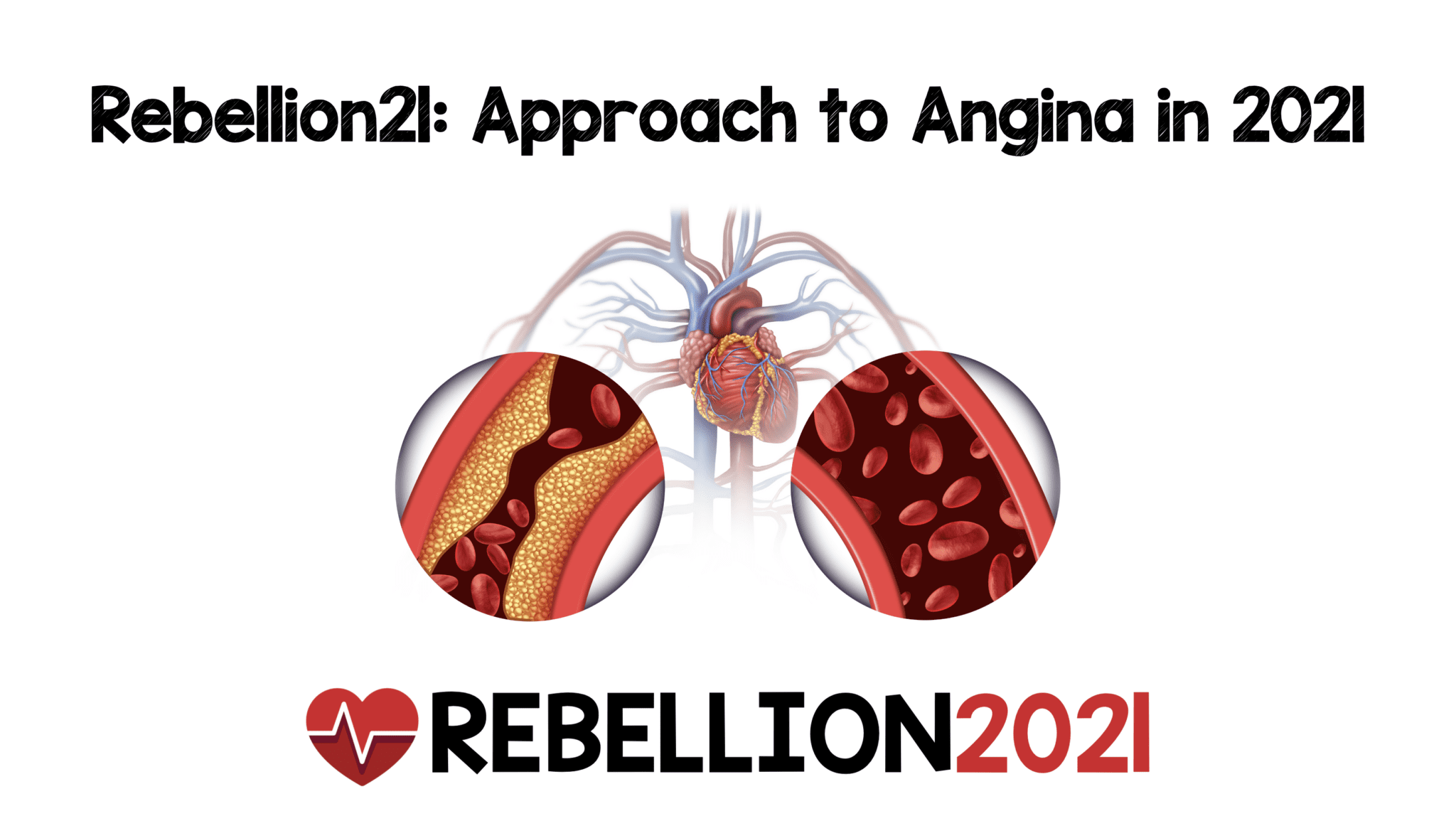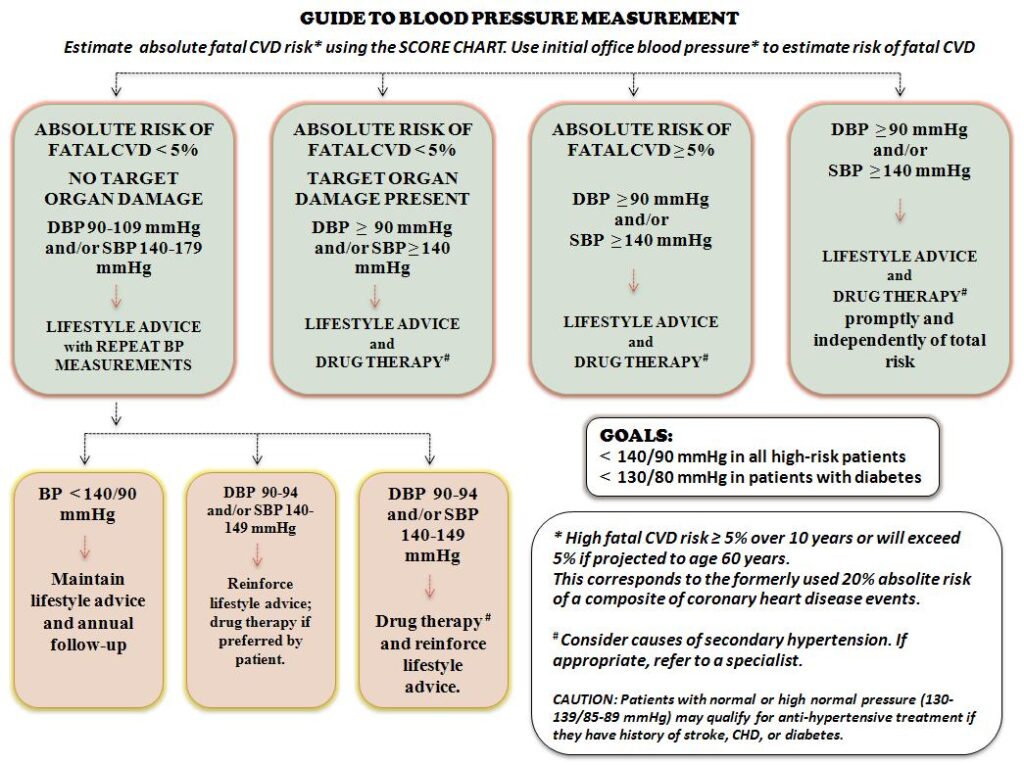Angina, often referred to as angina pectoris, is a medical condition characterized by chest pain or discomfort that occurs when the heart muscle does not receive enough oxygen-rich blood. It is commonly associated with coronary artery disease (CAD) and serves as a warning sign of potential heart problems. Understanding the causes, types, and treatments of this condition is crucial for managing it effectively and reducing the risk of severe complications.

What Is Angina?
Angina is not a disease in itself but rather a symptom of an underlying heart condition. The primary cause of angina is reduced blood flow to the heart muscle due to narrowed or blocked coronary arteries. These arteries supply the heart with oxygen and nutrients, and any obstruction can lead to discomfort or pain. While the sensation of angina is often described as pressure, squeezing, or tightness in the chest, it may also radiate to other areas such as the arms, neck, jaw, shoulder, or back.
Key Characteristics of Angina
- Chest pain or discomfort that typically lasts for a few minutes
- Pain that may feel like indigestion or heartburn
- Discomfort triggered by physical exertion, stress, or extreme temperatures
- Symptoms that improve with rest or medication
Causes of Angina
The main cause of angina is coronary artery disease, which involves the buildup of fatty deposits, cholesterol, and other substances on the walls of the coronary arteries. This buildup, known as plaque, narrows the arteries and restricts blood flow to the heart. Over time, this can lead to episodes of angina. However, there are several contributing factors that increase the likelihood of developing this condition.
Risk Factors for Angina
- Age: The risk of angina increases with age, particularly for men over 45 and women over 55.
- Family History: A family history of heart disease or angina raises the risk of developing the condition.
- Smoking: Smoking damages the lining of the arteries and accelerates the buildup of plaque.
- High Blood Pressure: Elevated blood pressure puts extra strain on the heart and contributes to artery damage.
- High Cholesterol Levels: High levels of low-density lipoprotein cholesterol contribute to plaque formation.
- Diabetes: Diabetes increases the risk of coronary artery disease and angina.
- Obesity: Excess weight places additional stress on the heart and contributes to other risk factors.
- Lack of Physical Activity: A sedentary lifestyle is linked to poor cardiovascular health.
Types of Angina
There are several types of angina, each with distinct characteristics and triggers. Understanding the differences between these types is essential for accurate diagnosis and treatment.
Stable Angina
Stable angina is the most common form and typically occurs during physical activity or emotional stress. The pain is predictable and usually subsides with rest or medication. Stable angina is caused by a temporary reduction in blood flow to the heart and is often manageable with lifestyle changes and medications.
Unstable Angina
Unstable angina is more serious and unpredictable. It can occur at rest or during minimal physical activity and may signal an impending heart attack. Unlike stable angina, the pain associated with unstable angina is often more severe and lasts longer. Immediate medical attention is required to prevent complications.
Variant Angina
Variant angina, also known as Prinzmetal angina, is a rare form of angina caused by a spasm in the coronary arteries. This type of angina typically occurs at rest, often during the night or early morning hours. The spasms temporarily reduce blood flow to the heart, leading to chest pain. Variant angina can be managed with specific medications that relax the arteries.
Microvascular Angina
Microvascular angina affects the smallest coronary arteries and is often linked to coronary microvascular disease. This type of angina is more common in women and can be challenging to diagnose because standard tests may not detect abnormalities in the larger arteries. The symptoms of microvascular angina may include chest pain, shortness of breath, and fatigue.
Treatments for Angina
The treatment of angina focuses on relieving symptoms, improving blood flow to the heart, and reducing the risk of heart attacks. Treatment plans are tailored to the type and severity of angina, as well as the individual’s overall health. Options range from lifestyle modifications and medications to surgical procedures.
Lifestyle Modifications
Making healthy lifestyle changes is a cornerstone of angina management. These changes not only alleviate symptoms but also address the underlying risk factors for coronary artery disease.
- Healthy Diet: Consuming a diet rich in fruits, vegetables, whole grains, and lean proteins while limiting saturated fats, trans fats, and sodium can improve heart health.
- Regular Exercise: Engaging in moderate physical activity, such as walking or swimming, strengthens the heart and improves circulation.
- Weight Management: Maintaining a healthy weight reduces strain on the heart and lowers the risk of complications.
- Smoking Cessation: Quitting smoking significantly improves cardiovascular health and reduces the risk of angina.
- Stress Management: Techniques such as meditation, yoga, and deep breathing can help manage stress and reduce angina episodes.
Medications
Several medications are available to treat angina and improve heart function. These medications work by relaxing blood vessels, reducing the heart’s workload, or preventing blood clots.
- Nitrates: Nitrates are commonly used to relieve angina symptoms by widening blood vessels and improving blood flow to the heart.
- Beta-Blockers: Beta-blockers reduce the heart’s workload by slowing the heart rate and lowering blood pressure.
- Calcium Channel Blockers: These medications relax the muscles of the coronary arteries and improve blood flow.
- Antiplatelet Drugs: Antiplatelet medications, such as aspirin, prevent blood clots from forming in the arteries.
- Statins: Statins lower cholesterol levels and reduce the risk of plaque buildup in the arteries.
Medical Procedures
In cases where medications and lifestyle changes are insufficient, medical procedures may be necessary to improve blood flow to the heart.
- Angioplasty and Stenting: During angioplasty, a small balloon is used to widen a narrowed artery, and a stent is placed to keep the artery open.
- Coronary Artery Bypass Grafting: This surgical procedure involves creating a new pathway for blood to reach the heart by bypassing blocked arteries.
- Enhanced External Counterpulsation: This non-invasive procedure uses inflatable cuffs to improve blood flow to the heart.
Emerging Treatments
Research into new treatments for angina is ongoing, with promising developments in areas such as gene therapy, stem cell therapy, and advanced imaging techniques. These innovations aim to provide more effective and personalized treatment options for individuals with angina.
Living with Angina
Managing angina requires a proactive approach to health and well-being. By understanding the triggers and symptoms of angina, individuals can take steps to minimize episodes and maintain a high quality of life. Regular follow-ups with healthcare providers, adherence to prescribed treatments, and a commitment to healthy living are essential components of long-term management.
Tips for Managing Angina
- Keep a record of angina episodes, including triggers, duration, and severity.
- Carry prescribed medications at all times and take them as directed.
- Avoid extreme temperatures and strenuous activities that may trigger symptoms.
- Educate family members and friends about angina and how they can provide support.
- Attend regular check-ups to monitor heart health and adjust treatment plans as needed.





